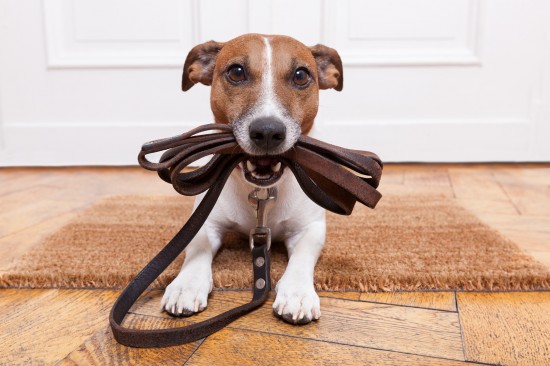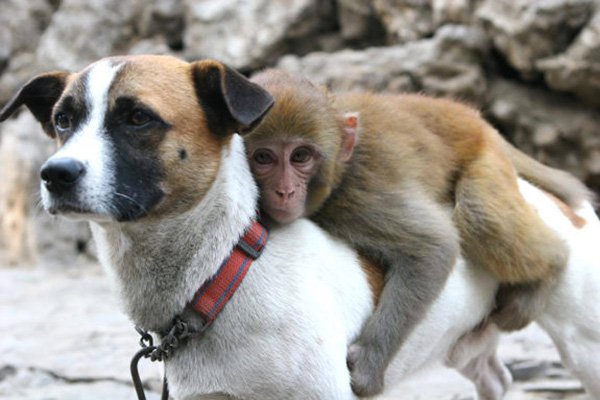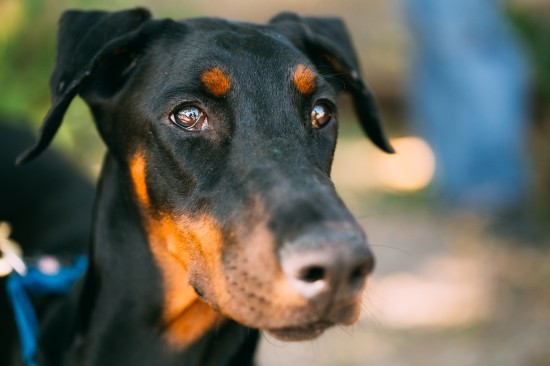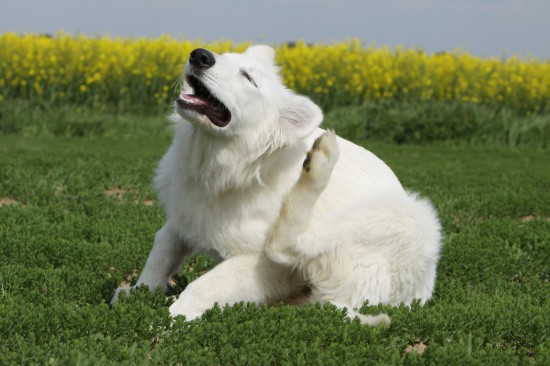

In order to remain fit, healthy and happy, it is vital to ensure that your dog’s need for exercise is met fully, and that their walks provide both mental and physical stimulation and challenges. There are a great many different ways to walk dogs, and every dog requires something a little different from their walks and time spent exercising. This is usually something that will become clear to you soon after you get your dog and get to know what they want and need, how long it takes them to get tired on walks, and what they enjoy. However, it is worth doing a “walking audit” every now and then, to ensure that your dog is getting the best out of their walks, and that you are providing for all of their needs.
Read on to find out more!
No two dogs have the same requirements in terms of how much exercise they need, nor in terms of how they get it. Age, breed, fitness, lifestyle, what you feed them, and a whole range of other factors all come into play here, as does what you do with your dog on their walks, and how active they are in general.
A large but fairly slow dog might like an hour’s walk at a gentle pace, while smaller but more lively dogs will prefer short bursts of exercise at different points throughout the day. Some dogs, such as the Siberian Husky and the Border Collie, are built to keep going all day long, and need significant amounts of exercise both on the lead and off it. Also, while some dogs are perfectly happy with on the lead walks only and staying at a walking pace, many dogs will not thrive if they cannot run around freely and work off their excess energy, something that you will also have to provide for.
There are a huge variety of options available to you in terms of what type of lead you use on your dog, and how long it is. Picking the right choice for your own dog is important, as it needs to be strong enough to withstand pulling, but not so strong or heavy that it weighs your dog down!
Your lead should be short enough to be able to keep effective control over your dog, but long enough to ensure that they can take a few unrestricted steps, and sniff around at the things that you pass. You might also want to look into harnesses for dogs that pull, and extending leads to allow your dog to be able to move around more freely while still remaining under control.
If you plan for long walks or very energetic walks, and particularly in the summer and hotter months, it is important to ensure that you provide a supply of water and can keep your dog hydrated while they are out and about. It is not a good idea to encourage your dog to take a long, cold drink in the middle of vigorous play, as this can lead to bloating and potentially stomach cramps, but provide water for your dog throughout their walk and offer it to them regularly.
Bring water from a safe, known source with you, and do not encourage your dog to drink from unknown puddles or streams.
If your dog feels under the weather or generally unwell, they are not likely to be too keen to walk, and you should respect this and not push them. While walking can form an important part of convalescence from illness, let your dog pick their own pace and what they want to do, and respect their limitations. Take particular care if your dog is lame or has an injured paw, and pick walking surfaces such as grass that will be less harsh on the paws and the bones of the legs.
Walking is not just about getting enough exercise; it is also about exploring the world and facing new stimulus, something that you should allow your dog to do. While it may not be practical to allow your dog to stop and take their time to sniff at everything that they pass, do not rush them around and remove all of their opportunities to sniff about.
Ensure that walking gives your dog the chance to sniff about and interact with their environment, as well as providing exercise.
While your dog may not need to be on the lead for the entire duration of their walk, it is important that you keep them safe and ensure that they will not run into difficulties. Always keep you dog leashed when walking along roads, and make sure that your dog has a collar tag to identify them if they get lost. Use lights and reflective collars and coats if walking in the dark, and don’t get distracted looking at something or talking to a friend to the point that you lose track of your dog.
 Regular Pet Grooming Is Crucial
Regular Pet Grooming Is Crucial
Pet owners hav
Regular Pet Grooming Is Crucial
Regular Pet Grooming Is Crucial
Pet owners hav
 Find Your Dogs With A Cage Free Boarding & Grooming in Ontario
Find Your Dogs With A Cage Free Boarding & Grooming in
Find Your Dogs With A Cage Free Boarding & Grooming in Ontario
Find Your Dogs With A Cage Free Boarding & Grooming in
 Different Types Of Polyneuropathy In Various Dog Breeds
Different Types O
Different Types Of Polyneuropathy In Various Dog Breeds
Different Types O
 Different Types Of Flea Treatment For Dogs
Different Types O
Different Types Of Flea Treatment For Dogs
Different Types O
 Double Dapple Dachshund Dogs And Their Problems
Double Dapple Dac
Double Dapple Dachshund Dogs And Their Problems
Double Dapple Dac
Copyright © 2005-2016 Pet Information All Rights Reserved
Contact us: www162date@outlook.com